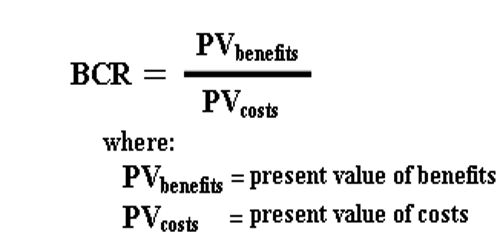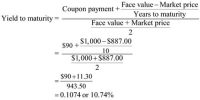Benefit-cost ratio is a ratio attempting to identify the relationship between the cost and benefits of a proposed project. Benefit-cost ratios are most often used in corporate finance to detail the relationship between possible benefits and costs, both quantitative and qualitative, of undertaking new projects or replacing old ones. It is an indicator used in the cost-benefit analysis, to show the relationship between the costs and benefits of a proposed project, in monetary or qualitative terms.
Following are the two ways of defining the benefit-cost ratio:
- A ratio attempting to identify the relationship between the cost and benefits of a proposed project. Benefit-cost ratios are most often used in corporate finance to detail the relationship between possible benefits and costs, both qualitative and quantitative, of undertaking new projects or replacing old ones.
- The total discounted benefits are divided by the total discounted costs. Projects with a benefit-cost ratio have greater benefits than costs; hence have positive net benefits. The higher the ratio, the greater the benefits relative to costs.
















